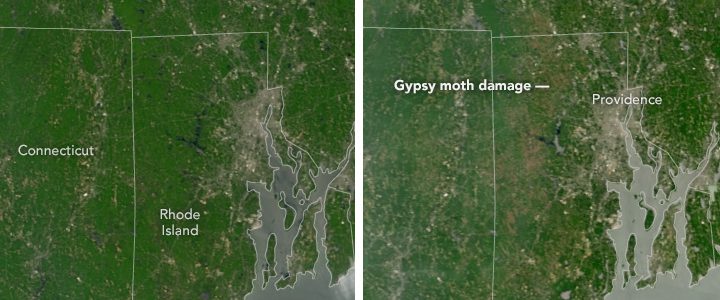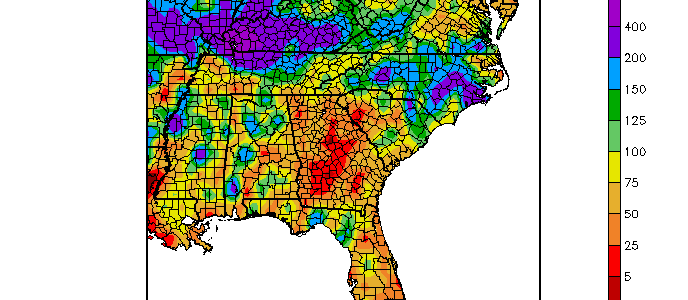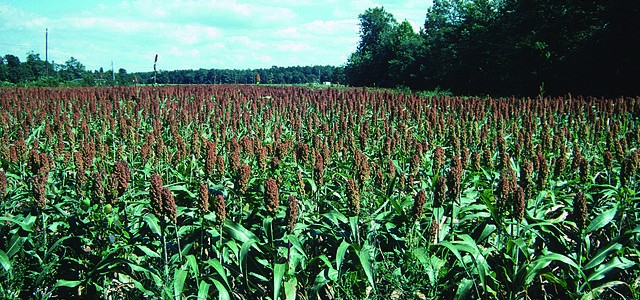-

If you have kids or work with kids (or know a 4-H leader or teacher who does), you might be interested in this web site from the National Weather Service with some resources on weather science and safety. You can find it at https://www.weather.gov/owlie/, and it features Owlie Skywarn, their weather mascot.
Posted in: Climate science -

The State Climate Office of North Carolina posted a description of the locally heavy rains that occurred in central NC this past Saturday on their blog at https://climate.ncsu.edu/climateblog?id=197&h=5666e5c1. One CoCoRaHS observer in Cary NC reported 7.52 inches for the day. Estimates of the return period are that some areas received a 100-year event or more. If…
-

NASA’s Earth Observatory posted a striking pair of pictures recently showing the massive defoliation caused by gypsy moth caterpillars in Rhode Island. It’s amazing to me how much damage the caterpillars were able to do to the tree canopy there in just a month. You can read about it and see the pictures in more…
-

We’re halfway through July and a look at the climate statistics so far shows the troubling situation for crops across most of the region. Temperatures across the Southeast have been well above normal so far this month, leading to excessive heat stress on livestock and significant evapotranspiration from crops. The precipitation across the Southeast has…
-

I ran across a couple of articles this week describing the impacts of climate on cattle feed which you might find interesting. Growing Georgia published an article from Clint Thompson at UGA discussing the benefits of using forage sorghum instead of corn in areas that have water deficits. Sorghum uses less water and can be…
-

With less than a month to go until school begins again in parts of the Southeast, thought are starting to turn to football, and schools are preparing to start football practice in anticipation of the upcoming season. But with the hot weather we are having this year, the danger of excessive heat on the health…
-

Since my last post on the Drought Monitor depiction of drought in our region at the end of June, the area of extreme drought in the Southeast has expanded from 0.5% to 2.5% of the total area of the region. Both below-average rainfall and well above-average temperatures contributed to the expansion of the worst drought…
Posted in: Drought